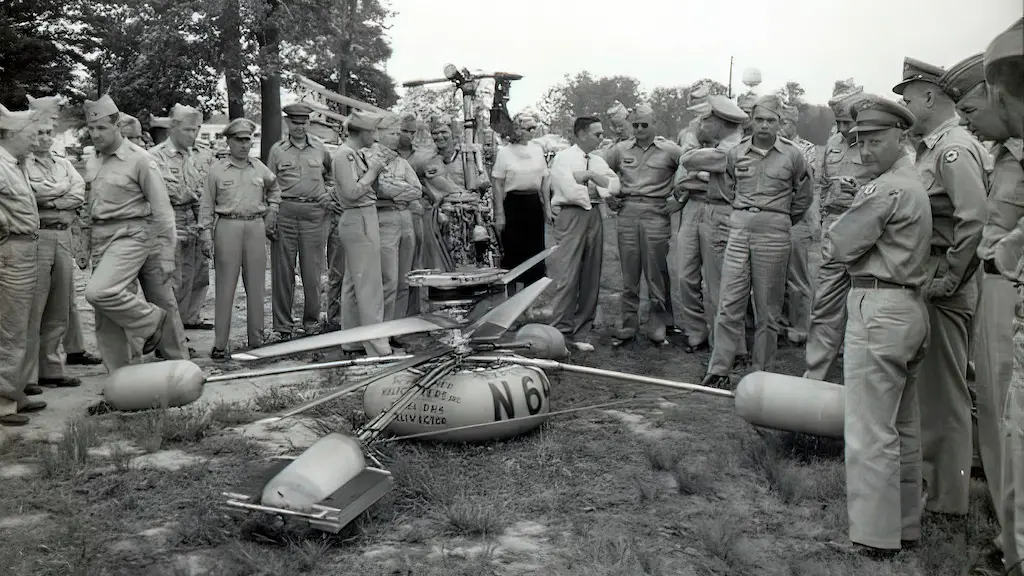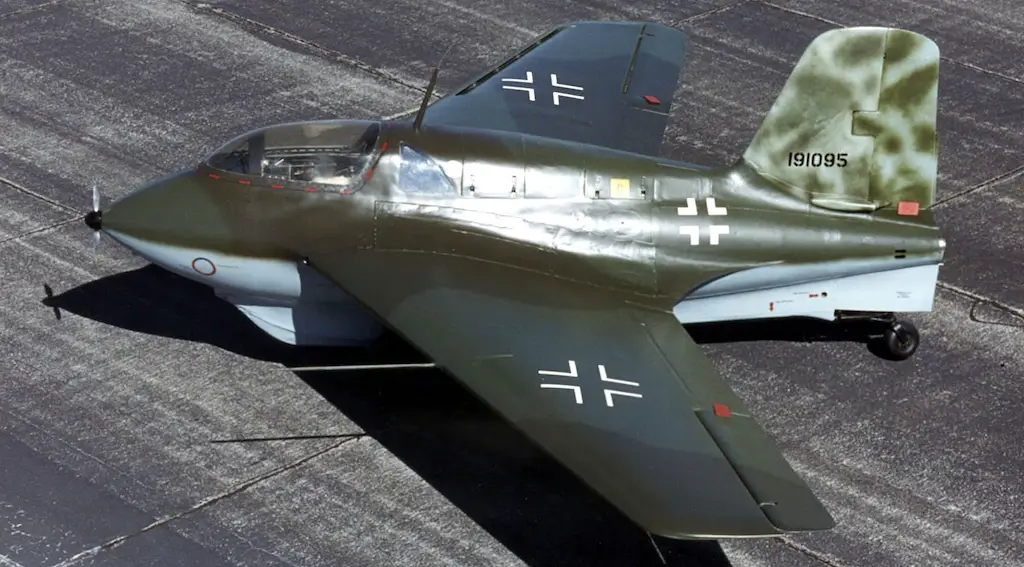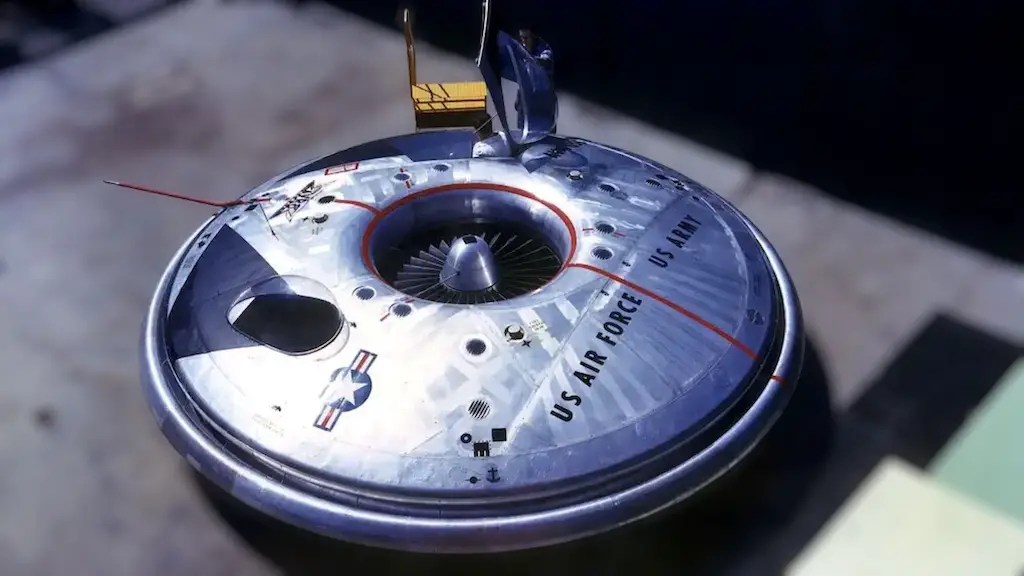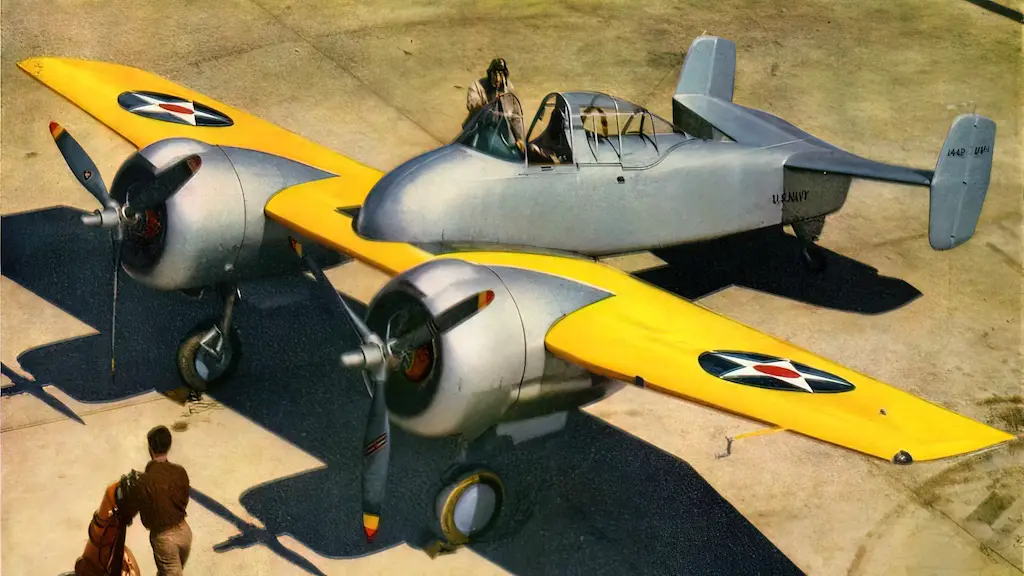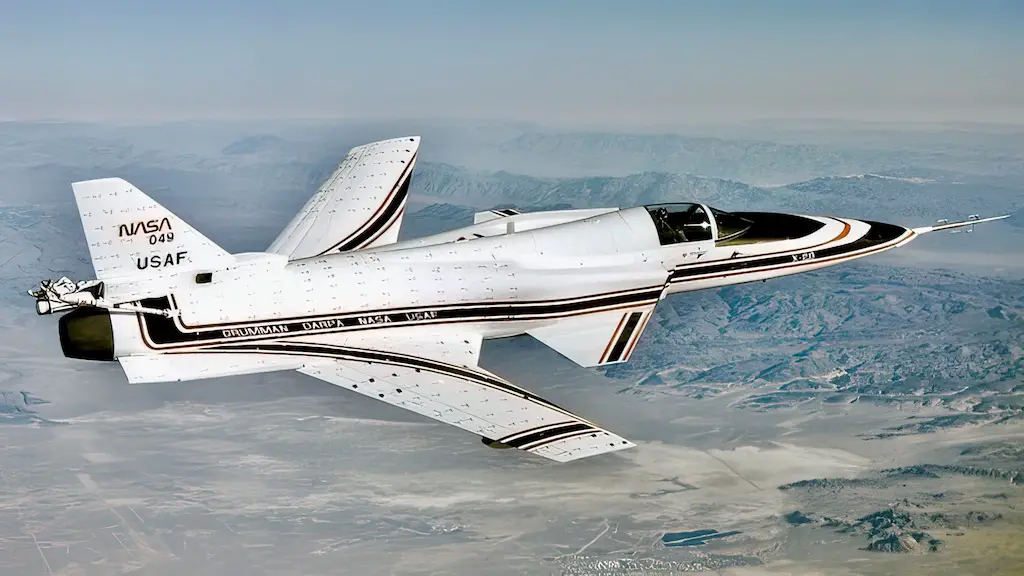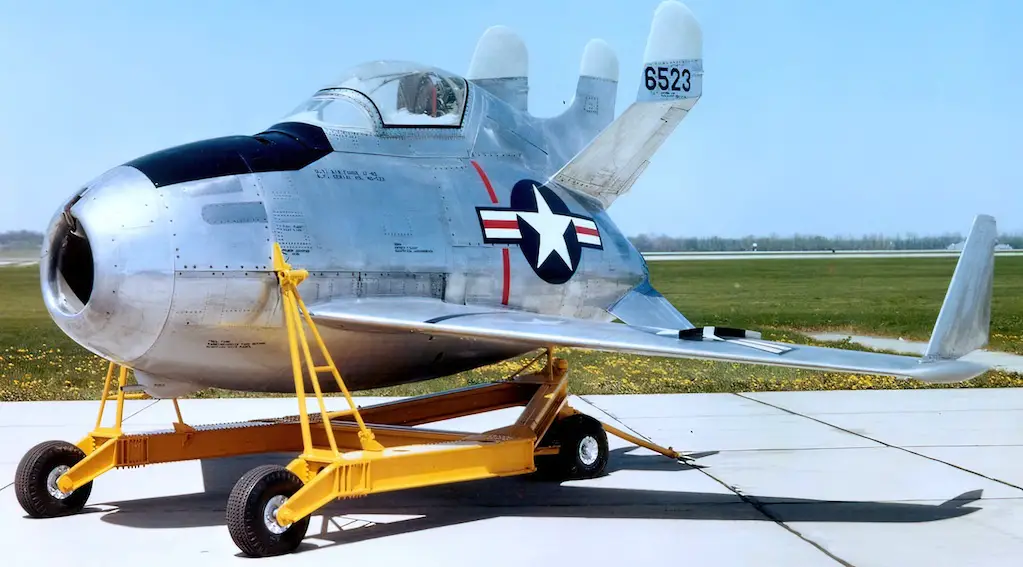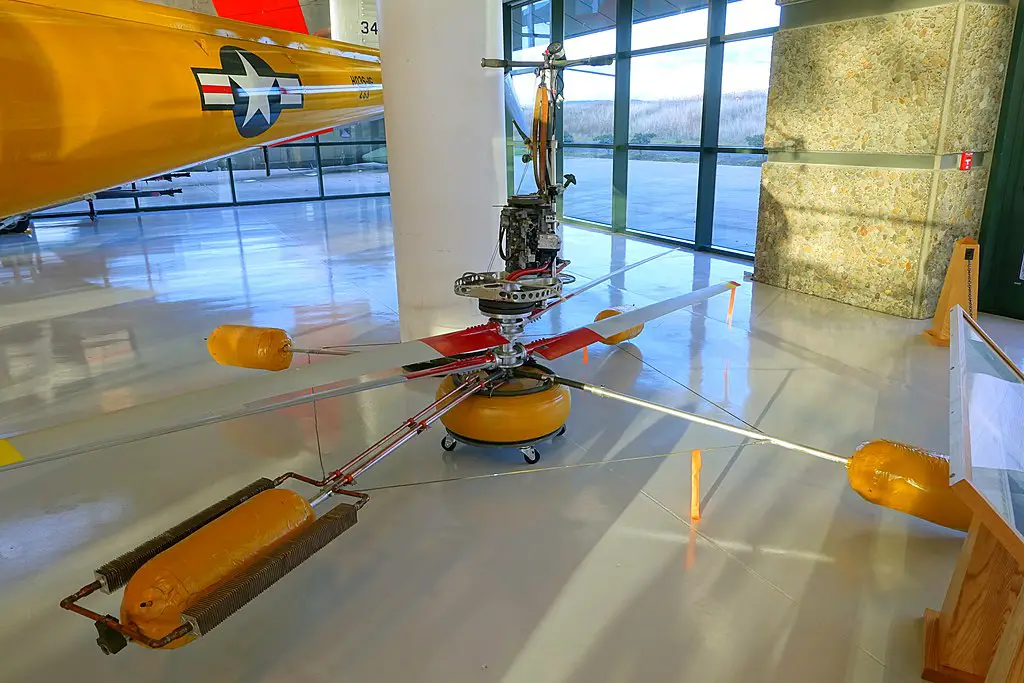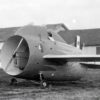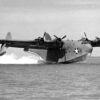The 1950s were an interesting period in the helicopters history, when designers, encouraged by the military yearning for new combat capabilities, were trying to identify the most viable configurations and experimented a lot. This brought into existence a number of very peculiar rotorcraft. Among them was the HZ-1 Aerocycle, a compact aerial vehicle intended for carrying just one serviceman at a time.
The idea of a light personal rotorcraft steered by its operator leaning in the desired direction of travel belongs to Charles H. Zimmerman. He worked at the National Advisory Committee for Aeronautics (NACA), a predecessor of NASA. Initial tests conducted by NACA showed that the idea had a good potential.
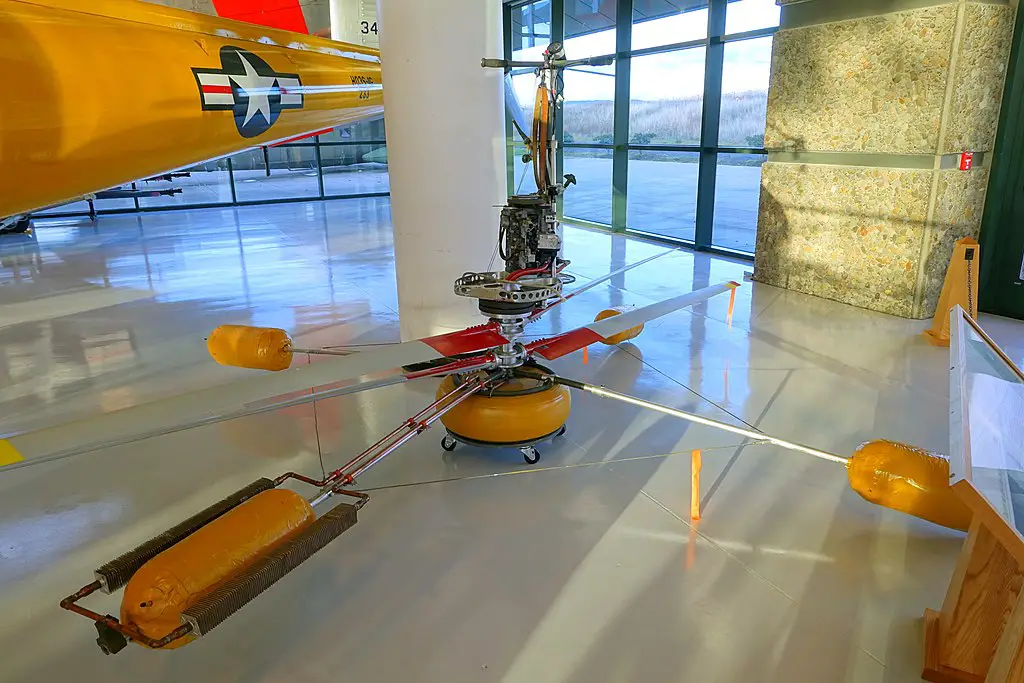
De Lackner model
This promising concept was realized by de Lackner Helicopters. The vehicle originally named DH-4 Helivector (later known by the HZ-1 Aerocycle name and also the YHO-2 Army designation) made its first tethered flight in late 1954, followed by free flights next year. It was powered by a 32kW engine driving two contra-rotating propellers. Atop the rotors stood an operator, secured by a safety harness and holding to bicycle-type handlebars with a twist-grip motorcycle-style throttle.
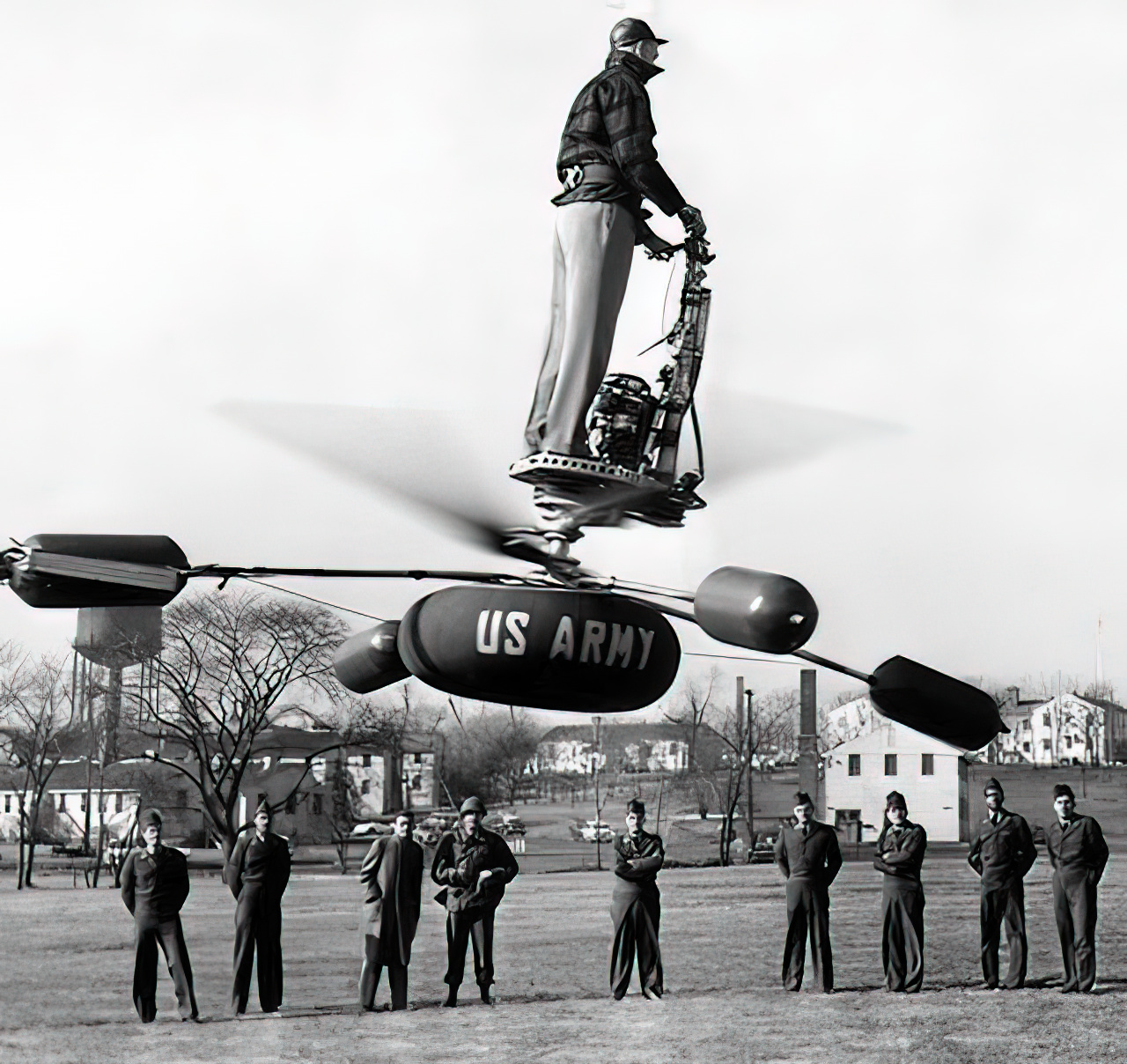
The HZ-1’s landing gear initially featured airbags on the ends of spars and a larger central float in the middle providing it with an amphibious capability. This arrangement was later abandoned in favor of plain helicopter-type skids.
The Aerocycle was capable of carrying 120 lb of load in addition to the operator. That could be a small cargo or auxiliary 5-gal fuel tank, expanding the vehicle’s range from 15 to 50 mi. Hypothetically it could climb to 1,500 ft, although the vehicle was definitely intended to operate near the ground.
US Army tests flying cavalry
Initial tests were rather successful and indicated that untrained personnel could learn flying this apparatus in mere 20 minutes. The aircraft was quite stable and could reach speeds of about 70 mph. That was what the Army wanted. The idea was to use troopers riding HZ-1 as a sort of modern cavalry, performing reconnaissance and liaison missions on the battlefield. So, the military ordered a dozen vehicles from the manufacturer for more thorough testing.
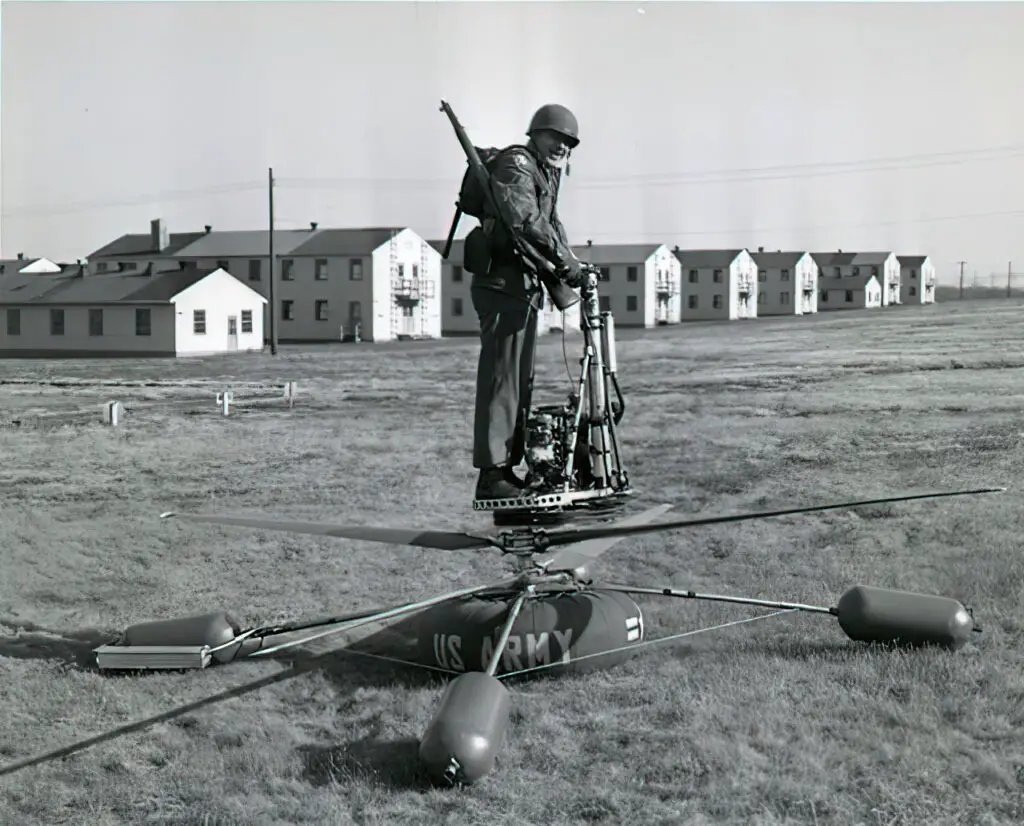
The reality proved to be more complex, though. The aircraft was not as easy to operate for untrained soldiers as it first seemed. Besides, its forward speed was limited due to uncontrollable pitching motion. And, the worst of all, the Aerocycle’s propellers were prone to intermeshing, which lead to immediate loss of control and crash of the aircraft.
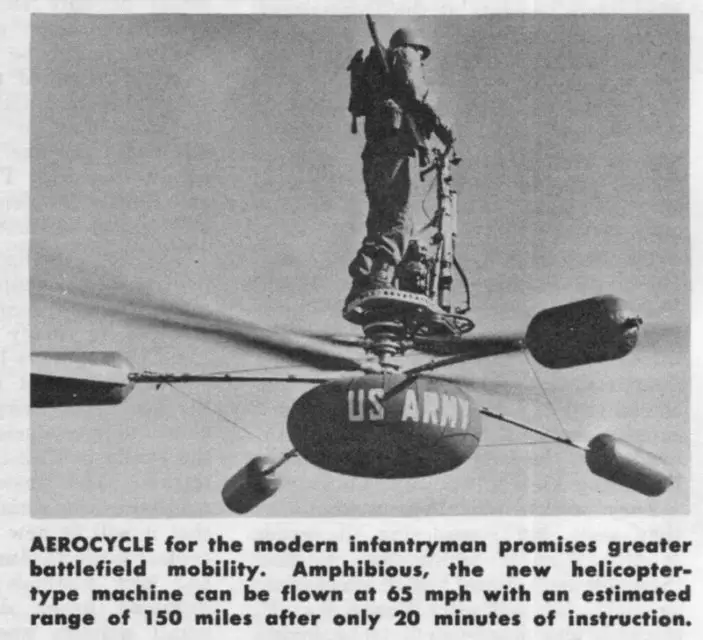
Two machines were lost that way, and no exact reason for intermeshing of the propellers was found. Luckily, no one got hurt in either accident, but the safety of Aerocycle’s operation was in question. Egressing a troubled aircraft was also a problem. A special fast-opening parachute was designed for use by the Aerocycle operators that could be used at altitudes as low as 25 ft, but it was not very reliable. All these challenges combined ultimately led to the cancellation of the project.
Today, the sole remaining Aerocycle can be found at the US Army Transportation Museum at Fort Eustis, Virginia.

